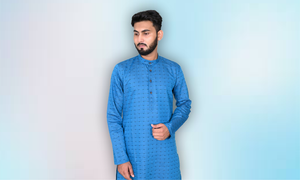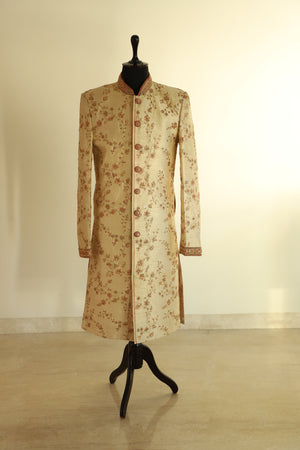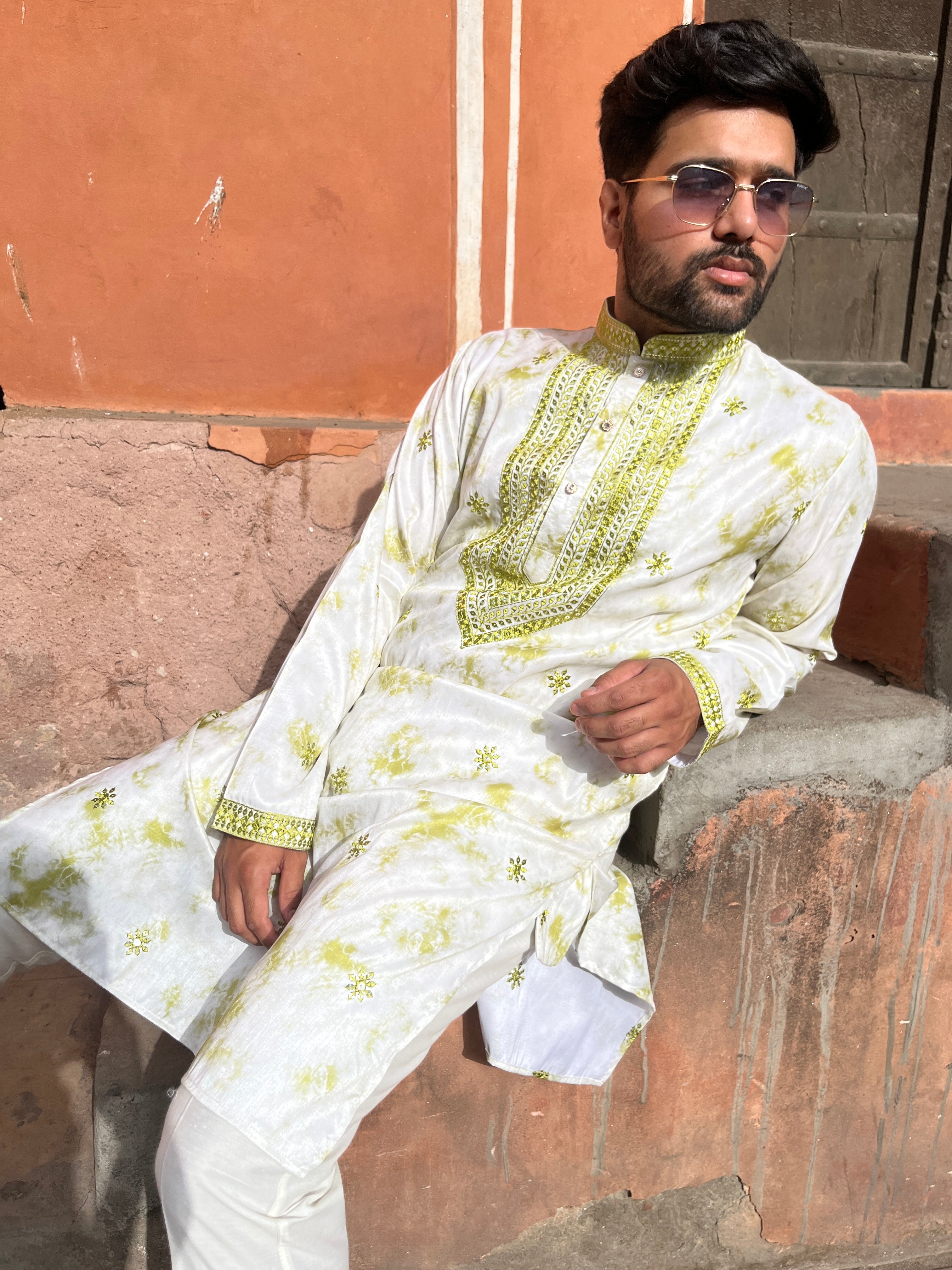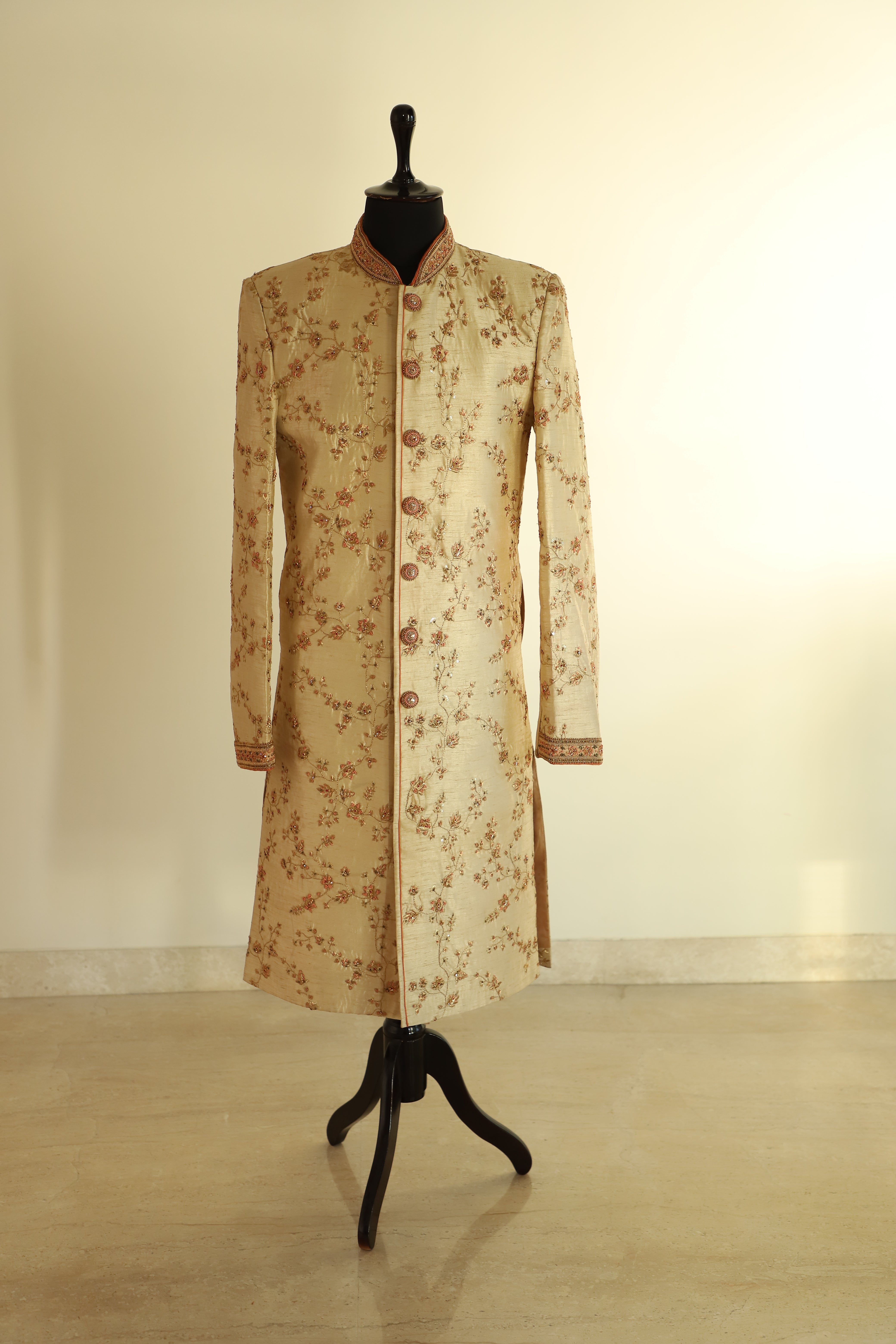Table of Contents
-
Introduction
-
What is the Kufi Hat?
-
Historical Significance of the Kufi Hat
-
Design and Craftsmanship
-
The Role of the Kufi Hat in African Culture
-
Where is the Kufi Hat Worn?
-
How to Wear the Kufi Hat
-
Kufi Hat vs. Other African Headwear
-
The Popularity of the Kufi Hat Today
-
FAQs
Introduction
The Kufi hat is an iconic symbol of African culture, especially within West Africa. Known for its unique shape, craftsmanship, and cultural significance, it is more than just an accessory; it is a representation of heritage, tradition, and pride. This blog delves into the importance of the Kufi hat, its origins, its design, and how it continues to be a symbol of identity in African societies.
What is the Kufi Hat?
The Kufi hat (also spelled Kurfi in some places) is a traditional African headwear worn by men. The hat is typically made from fabric, such as cotton, and is often decorated with intricate patterns or embroidery. It is designed to fit snugly on the head and is worn as part of daily attire or for special occasions such as weddings, religious events, and celebrations.
Common Features of the Kufi Hat:
-
Shape: The hat is round, fitting snugly to the head, with a slightly flattened crown.
-
Material: Often made from cotton, velvet, or other woven materials.
-
Decoration: Some Kufi hats feature embroidered patterns or beads, adding to their cultural value and aesthetic appeal.
Historical Significance of the Kufi Hat
The history of the Kufi hat is deeply intertwined with the history of Africa itself. The hat's origins can be traced back to the various kingdoms and empires across the African continent, where it was worn as part of the traditional attire of the ruling classes. It is believed that the Kufi hat was worn by religious and political leaders, and over time, it became a symbol of respect, dignity, and status.
Cultural Heritage and Symbolism:
-
A Symbol of Leadership: The hat was often worn by elders, chiefs, and scholars, signifying wisdom and authority.
-
Religious Significance: In many African societies, the Kufi hat is worn during religious practices, especially Islamic prayers, as a symbol of piety and respect.
Design and Craftsmanship
The beauty of the Kufi hat lies in its craftsmanship. Many Kufi hats are handwoven or hand-embroidered, using traditional methods passed down through generations. This craftsmanship makes each hat unique, as it may feature distinct patterns, colors, or embellishments that hold specific meanings.
Materials Used in Crafting the Kufi Hat:
-
Cotton and Velvet: These materials are often chosen for their comfort, durability, and ability to retain color.
-
Embroidery and Beading: Intricate designs and beadwork are added to give the hat a personalized touch. Each pattern may represent different aspects of African life, such as tribal heritage or religious beliefs.
The Role of the Kufi Hat in African Culture
In African culture, the Kufi hat is more than just an article of clothing. It serves as a symbol of respect, heritage, and identity. The hat is worn during important events such as weddings, religious ceremonies, and celebrations of cultural heritage.
Cultural Importance:
-
Community Events: The Kufi hat is often worn to signify unity and cultural pride during community gatherings and celebrations.
-
Social Status: The type of Kufi hat worn may indicate the wearer’s social standing or position within their community.
Where is the Kufi Hat Worn?
The Kufi hat is worn across a wide geographical area, but it holds particular significance in West Africa, especially in countries such as Nigeria, Ghana, Niger, and Senegal. However, its popularity has spread beyond the African continent due to the global African diaspora, where it is worn by people of African descent around the world. The African hat is also called the Rampuri hat or Muslim hat, which is worn by the Muslim community in India.
Key Locations:
-
West Africa: The hat is prevalent in countries like Nigeria, Ghana, and Senegal, where it plays a significant role in daily life and ceremonial events.
-
Islamic Communities: The Kufi hat is also widely worn in Islamic communities across Africa, as it is often seen as a symbol of modesty and religious devotion.
How to Wear the Kufi Hat
Wearing the Kufi hat is an art in itself, and there are a few things to consider when donning this piece of cultural attire. It is typically worn by men, and its fit is important for comfort and style.
Steps to Wearing the Kufi Hat:
-
Place the Hat Carefully on Your Head: The Kufi hat should sit snugly on the crown of your head, ensuring a balanced look.
-
Adjust to Fit Comfortably: Ensure the hat is not too tight or too loose. It should sit comfortably without pinching or falling off.
-
Pair with Traditional Attire: The Kufi hat is often paired with traditional African clothing, such as a kaftan, agbada, or boubou. It completes the look for formal or ceremonial events.
Kufi Hat vs. Other African Headwear
The Kufi hat is just one of many types of traditional African headwear. Other popular hats include the Fedora, Taqiyah, and Fes, each serving different purposes and cultural significance. Here's how the Kufi hat compares to some other African headwear:
Comparison:
-
Kufi Hat vs. Fedora: While both are worn by men, the Fedora is more associated with Western fashion, whereas the Kufi hat is deeply embedded in African tradition.
-
Kufi Hat vs. Taqiyah: The Taqiyah, a cap worn by Muslim men, is also common in African countries, but the Kufi hat often features more decorative elements, whereas the Taqiyah is simpler and more understated.
-
Kufi Hat vs. Fes: The Fes, popular in North Africa, is similar in shape to the Kufi hat but is often made of felt and features a tassel on top.
The Popularity of the Kufi Hat Today
Today, the Kufi hat continues to be an important part of African culture and fashion. It has transcended its traditional role and has become a symbol of pride, worn by people of African descent all around the world. In addition to traditional settings, the Kufi hat is often seen at cultural events, fashion shows, and even on the red carpet.
Global Reach and Modern Appeal:
-
Fashion Trends: The Kufi hat has become a popular accessory in modern African fashion, appearing in both casual and formal settings.
-
Cultural Celebrations: It remains a staple in cultural festivals, weddings, and religious ceremonies, where it represents a deep connection to African heritage.
FAQs
-
What is the difference between a Kufi hat and a Kurfi hat?
-
The terms "Kufi" and "Kurfi" are often used interchangeably. Both refer to the same traditional African hat, with slight regional variations in pronunciation or spelling.
-
-
What occasions is the Kufi hat worn for?
-
The Kufi hat is worn for various occasions such as weddings, religious ceremonies, cultural events, and festivals. It is also worn as part of everyday attire in some African countries.
-
-
Can women wear the Kufi hat?
-
Traditionally, the Kufi hat is worn by men, but some women in African cultures may also wear similar headwear, especially during cultural or religious ceremonies.
-
-
Where can I buy a Kufi hat?
-
Kufi hats can be purchased in local African markets, cultural shops, or online stores that specialize in African fashion and accessories.
-
The Kufi hat is a symbol of African culture and tradition, with its deep roots in history, craftsmanship, and spiritual significance. Whether worn for everyday use or special occasions, it continues to serve as a proud representation of African identity. The African Kufi hat is also called the Rampuri hat or Muslim hat and is worn by the Muslim community of India.





